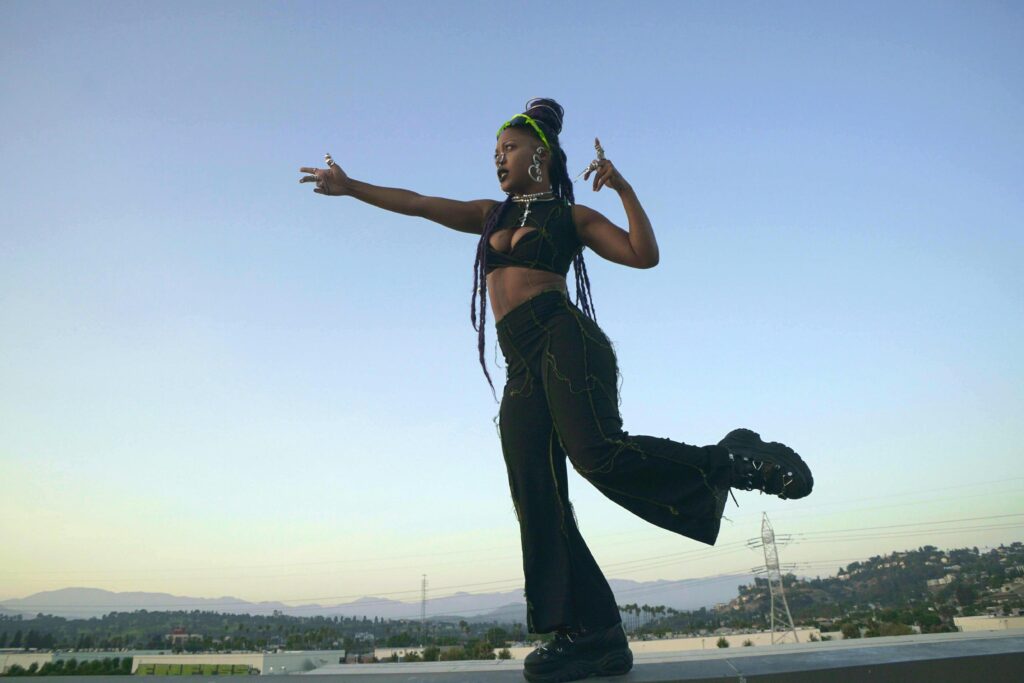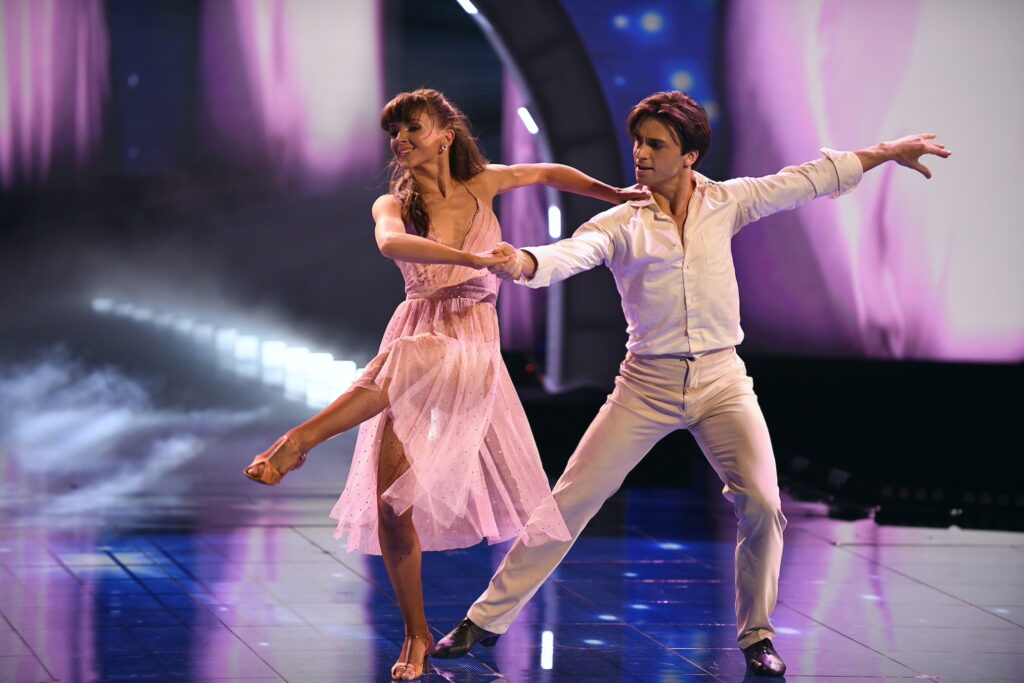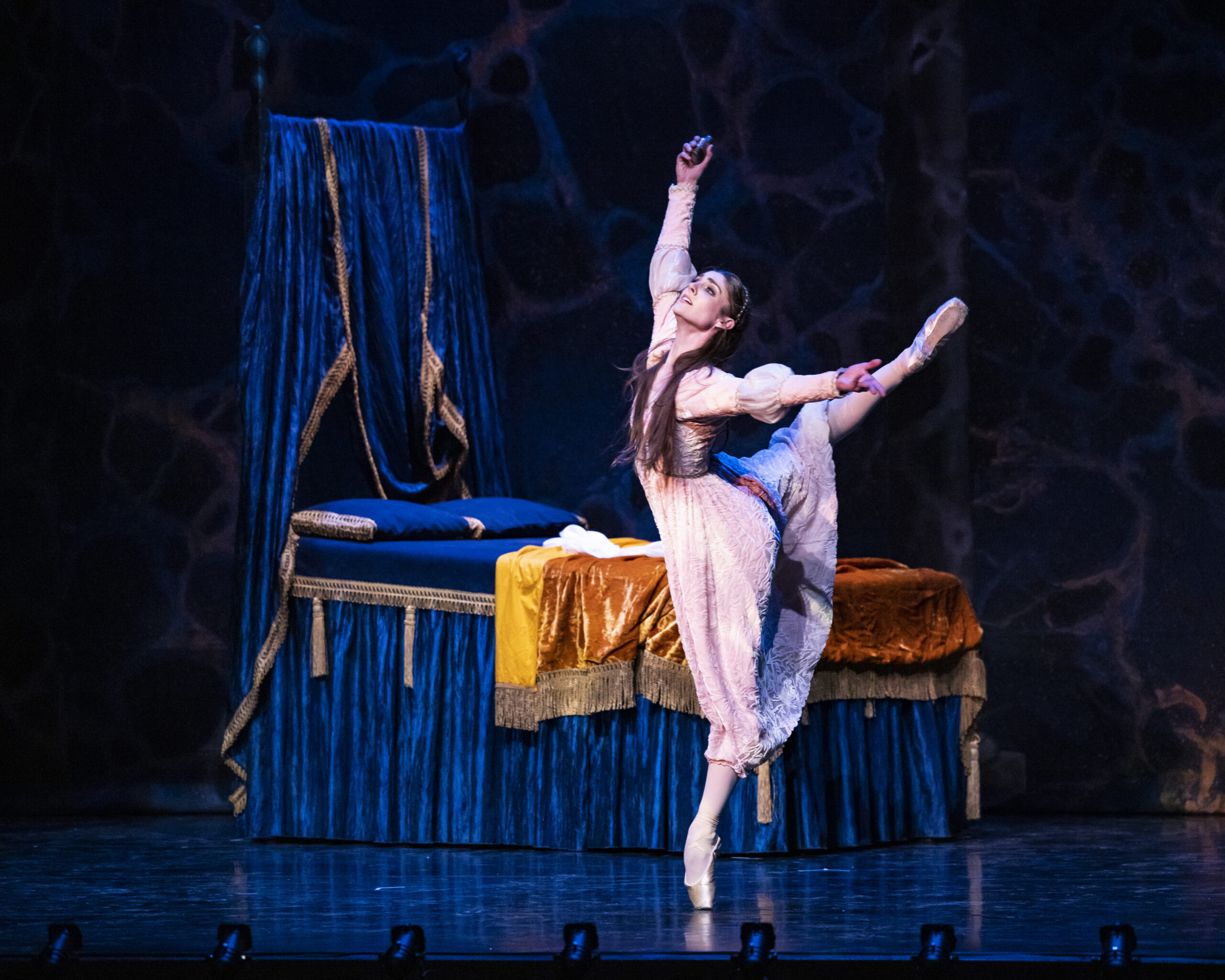Tips for Stronger, More Expressive Port de bras
In everyday conversation, arms and hands often play an instrumental role in conveying emotion. In dance, where words are usually absent, the importance of using arms to convey feelings and story becomes even more pronounced. Each flick of a wrist, rounding or extension of an elbow, and sweep or jab of an arm has the potential to add a layer of nuance and meaning. “Your port de bras is such an integral part of technique,” says Ballet West principal Emily Adams. “Your arms elevate your dancing artistically.”
Finding Strength
In order to use your arms to their fullest potential, it’s essential to build strength and stamina in the upper body. “If you want your arms to be precise, you’re going to need to have strength,” says Soraya Lundy, a New York City–based hip-hop and commercial dancer and choreographer who has worked with artists including Janet Jackson, Missy Elliott, and Cardi B. Lundy encourages dancers to establish a training regimen outside the studio, which can be helpful not only for technique but for injury prevention as well.
Adams makes upper-body strengthening a key part of her daily warm-up, with a plank series incorporating both front and side plank holds. “It sets me up before barre so that my lats, and my arms, and my shoulders are already engaged,” she says, noting that strengthening the arms, back, and shoulders is especially important for partnering.

Delving Into the Details
In addition to building strength, it’s also important to develop finesse. Lundy emphasizes the importance of isolations to develop proprioception, the ability to sense your body in space. “Isolations through the arms help with body awareness,” she explains. “You’re aware of the distance from your hands to your shoulders.”
Another way to fine-tune arm movement is to experiment. Denys Drozdyuk, a ballroom dancer who performed with his partner Antonina Skobina on Season 1 and Season 2 of NBC’s “World of Dance,” recommends improvising while sitting in a chair, so you can focus more on the arms than on the legs. “Get away from the form that goes with the step and really perceive the arms as a conversational tool,” he says, adding that playing with the dynamics, tone, and amount of tension will unlock further creative possibilities.
Bringing It Together
It’s also important to recognize the arms’ connection with the rest of the body. Skobina says tuning in to the way her arms emanate from her center has been a vital tool for her own dancing and for the students she teaches. “When we open an arm to the side, we begin that movement in our center, then that transitions into the elbow and then continues into the wrist,” she explains.
Skobina also channels a full-body connection through visualization, imagining pathways of energy originating from her core and flowing through the rest of her body. “I see my arms as not ending at my fingertips, but as energy floating beyond my fingertips and leaving energy traces in space,” she says.
Adams also finds a fully embodied approach to arm motions useful, adding that this mindset can help eliminate a “superficial” or disconnected movement quality. “Make sure that your arms aren’t separate from the rest of you—they aren’t just stuck on,” she says. “It has to be in relationship with the rest of you, especially your back and your torso, to find a sense of unity and continuity with the rest of your body.”

A Partner in Arms
When choreography involves partnering, the arms aren’t just a tool for personal expressivity—they are a vital way to connect. Antonina Skobina, a ballroom dancer who performed on the first two seasons of NBC’s “World of Dance” with her partner Denys Drozdyuk, describes this process as more than just a touch: It’s “an energy exchange” between two dancers.
Establishing a connection from the body’s center will help physical touch appear less like a support and more like a connection with the other dancer. “Arms, for us as ballroom dancers, are essential,” explains Skobina. “The connecting arm is one of our biggest priorities in our dancing.”





